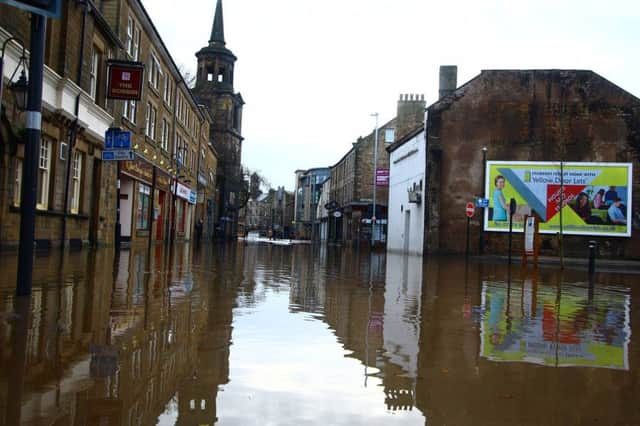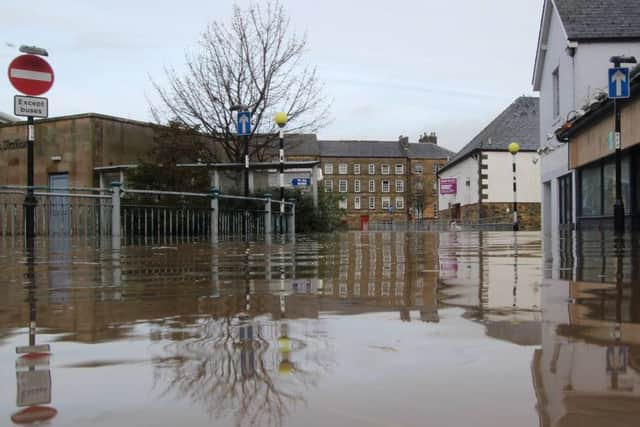Call for Lancaster Storm Desmond flood report to be made public


Green Party councillors have called for the report on flooding associated with the Mill Race, the underground drainage system which runs under part of the city centre, to be made public.
Known as the Phase 4 report - the Mill Race and Surface Water Study - it was commissioned by the County Council in 2017 in response to the devastation caused to homes and city centre businesses in 2015 by Storm Desmond.
Advertisement
Hide AdAdvertisement
Hide AdCouncillors say that the county council’s initial conclusion was that it was mostly surface water, not river water, which directly caused the flooding here because surface water was unable to drain off into the River Lune due to water levels.


Coun Tim Hamilton-Cox said: “It’s really important that the results of the investigations into the Mill Race are made public as soon as possible.
“I know of one business which can no longer afford buildings insurance, and its contents insurance has quadrupled since 2015.
“This is likely to be the case for many more businesses.
“They may have to leave the city centre unless they can see a plan emerging on how to protect their premises from a future flooding event.
Advertisement
Hide AdAdvertisement
Hide Ad“That Phase 4 report needs to be in the public domain so that we can see what is proposed to address the surface water flood risk.”
Rachel Crompton, flood risk manager for Lancashire County Council, said: “The study to understand the flooding in Lancaster city centre has largely been completed and we are expecting the draft report to be with us in a few weeks’ time.
We will then need to add our comments before the final report can be completed.
“We will hold community engagement events when the report is published where we can discuss the outcomes and recommendations with those affected, and work with people to ensure they understand what they can do to make their property or business as resilient as possible to future flood events.
Advertisement
Hide AdAdvertisement
Hide Ad“The reason why the study has taken some time is because the work of producing a computer model which can be used to accurately simulate various rainfall and flood event scenarios is very complex, particularly due to the many different drainage systems in Lancaster.
“The final model has now been verified as reliable and we are currently running various scenarios to assess the economic damages associated with specific flood events in order to identify options for mitigation and management of flood risk.”